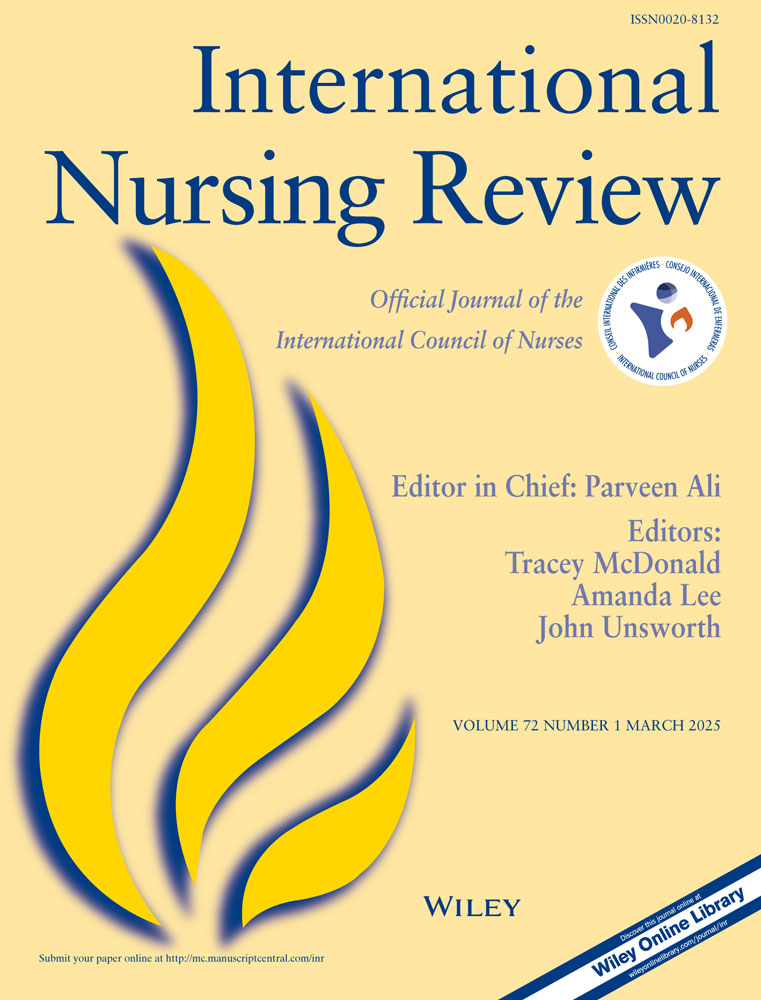Physical activity patterns, sleep quality, and stress levels among rotating-shift nurses during the COVID-19 pandemic
Abstract
Aim
To examine the associations between physical activity patterns, sleep quality, and stress levels among rotating-shift nurses during the COVID-19 pandemic.
Background
Stress adversely impacts hospital nurses, particularly those on rotating shifts. The effects of physical activity patterns and sleep quality on the stress levels of these nurses during the COVID-19 pandemic warrant investigation.
Methods
A multicenter cross-sectional study was conducted with 550 eligible registered hospital nurses, randomly selected from four hospitals during the COVID-19 pandemic in Taiwan. The work schedule type of these nurses was categorized into rotating shifts (working at least two shifts in a month, involving day, evening, and night shifts) or fixed-day shifts (working only the day shift). Data were collected on sociodemographic characteristics, physical activity patterns (sedentary or active), sleep quality (poor or adequate), and stress levels for analysis.
Results
Rotating-shift nurses with active physical activity patterns exhibited lower stress levels compared with those with sedentary patterns. Nurses who experienced adequate sleep quality had lower stress levels compared with those with poor sleep quality among rotating and fixed-day shift nurses.
Conclusions
Active physical activity patterns and adequate sleep quality were associated with lower stress levels among rotating-shift nurses during the pandemic. Promoting active physical activity and enhancing sleep quality are essential strategies for reducing stress in these nurses.
Implications for nursing and health policy
Strategies aimed at promoting physical activity and improving sleep quality should be integral components of health promotion programs and policymaking efforts directed at nursing leaders, to foster a healthy and supportive work environment and enhance the welfare of rotating-shift hospital nurses.
Reporting method
The study is reported using the statement of Strengthening the Reporting of Observational Studies in Epidemiology (STROBE).
CONFLICT OF INTEREST STATEMENT
No conflict of interest has been declared by the authors.
Open Research
DATA AVAILABILITY STATEMENT
Data were available with the corresponding author.




